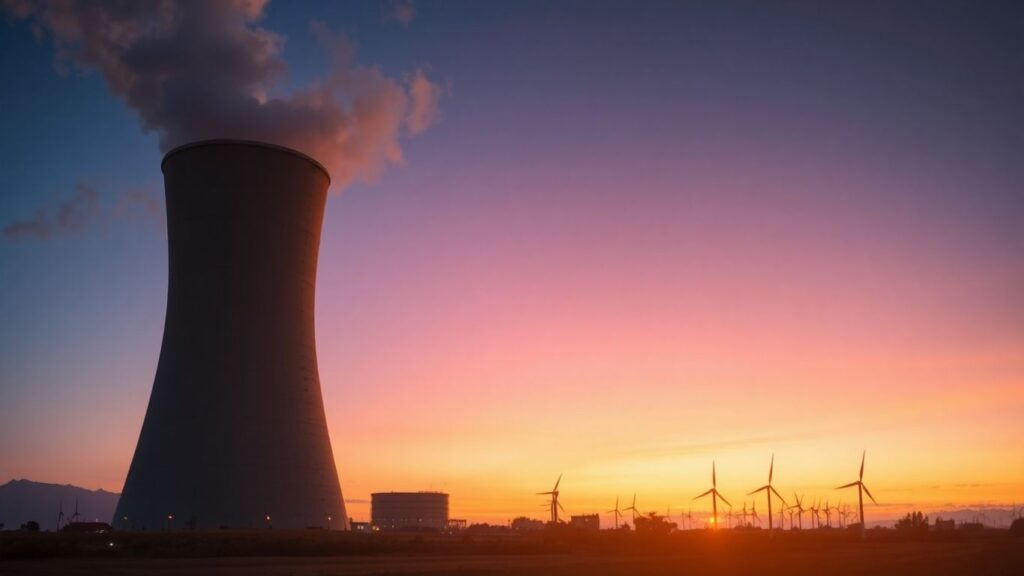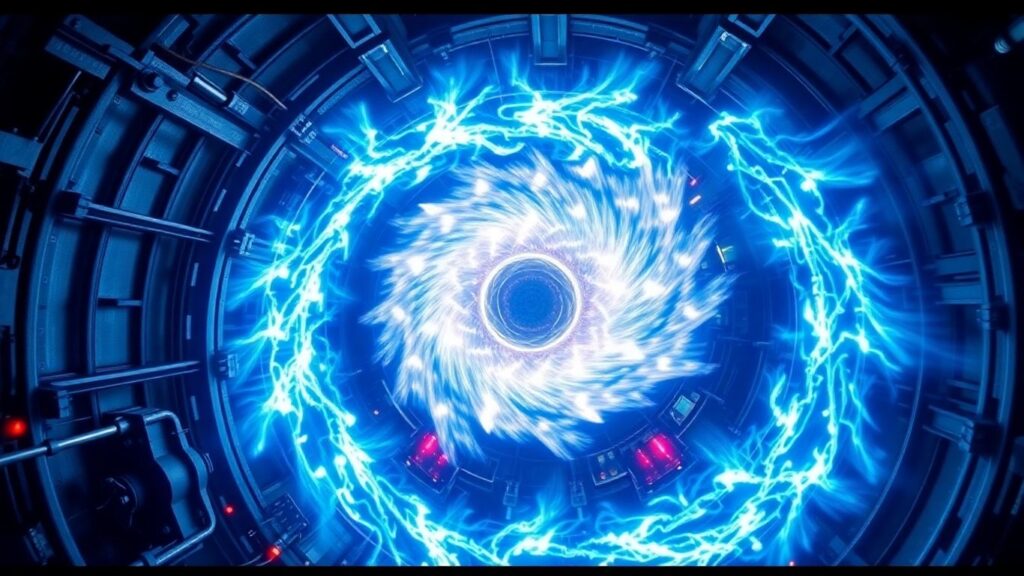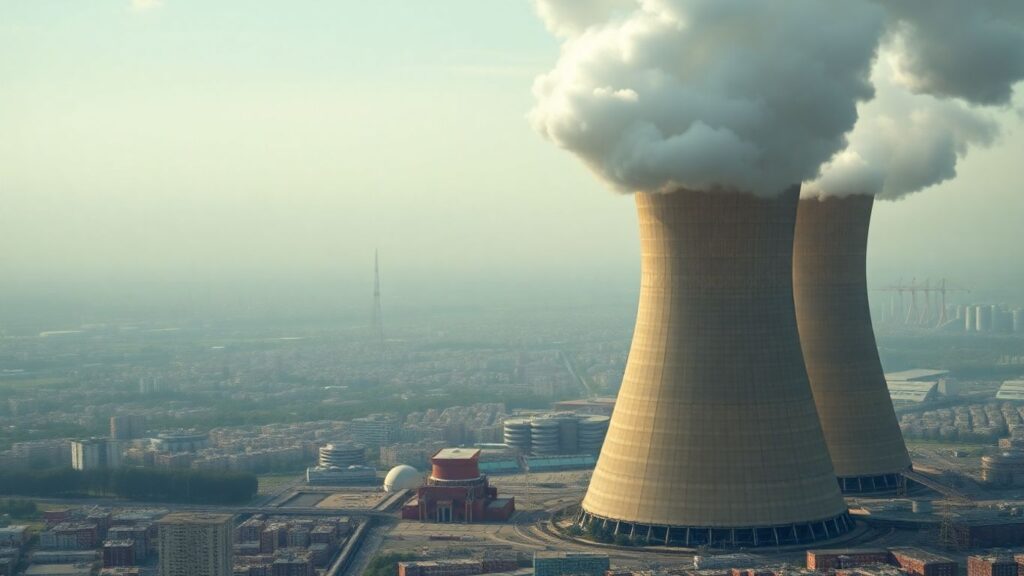The UK government has announced the largest investment in nuclear power in 70 years, committing billions toward new reactors and infrastructure. This transformative move is designed to create thousands of high-skilled jobs, bolster energy security, and provide cheaper, cleaner electricity for future generations.
Key Takeaways
- Largest UK nuclear investment since the 1950s, targeting quadruple capacity by 2050
- Sizewell C will supply power to six million homes and support 10,000 jobs
- Significant advances in both large nuclear and small modular reactors (SMRs)
- Emphasis on British-made fuels and reduced dependence on foreign energy sources
- Focus on clean energy, job creation, and national energy security
UK’s Ambitious Nuclear Roadmap
The government’s new roadmap lays the groundwork for a massive expansion in nuclear energy, aiming to boost nuclear capacity to 24 gigawatts by 2050—enough to provide a quarter of the UK’s electricity needs. This includes large projects like Sizewell C and Hinkley Point C, along with emerging technologies such as SMRs, which promise quicker, more flexible construction and scalable output.
As part of the strategy, the UK will explore building additional gigawatt-scale plants, expanding beyond traditional sites and opening consultations on more flexible siting. The move is expected to modernize regulations and encourage private investment, offering developers more options and speeding up approval times.
Major Investment and Job Creation
The Sizewell C project in Suffolk is a centerpiece of the plan, with a government-led £38 billion partnership uniting public and private funds. Once operational, it will generate enough clean power for six million homes, last for decades, and reduce consumer electricity bills—projected to deliver savings of £2 billion annually to the energy system.
This nuclear surge is also expected to double the nuclear workforce, with 10,000 jobs at the peak of Sizewell C construction alone, including 1,500 apprenticeships. The government estimates the wider sector will boost job growth in engineering, manufacturing, digital, and supply chain industries across the country.
Cutting-Edge Technology and Energy Security
A key innovation is the accelerated development of advanced nuclear fuels, with £300 million invested in domestic production. By producing cutting-edge variants like HALEU uranium fuel in the UK, the country aims to end reliance on Russian sources and reinforce its position as a European nuclear leader.
The roadmap further supports the commercialization of SMRs—compact reactors that can be factory-built and deployed at scale. Combined with large plants, SMRs will deliver dependable baseload power, support the grid, and help high-consuming industries and emerging technologies like AI data centers.
Clean Energy and Climate Goals
Nuclear power’s minimal carbon footprint is essential to the UK’s net-zero ambitions, providing reliable, low-emissions electricity alongside renewables. While substantial emissions come from construction, operational emissions remain among the lowest of any generation method, aiding the UK’s climate and energy security targets.
The government expects nuclear to play a critical role in delivering a stable, clean power supply, ensuring energy independence and affordability while achieving climate pledges and economic growth.
Sources
- Biggest expansion of nuclear power for 70 years to create jobs, reduce bills and strengthen Britain’s energy
security, GOV.UK. - Thousands of jobs to be created as government announces multi-billion-pound investment to build Sizewell C –
GOV.UK, GOV.UK. - Sizewell C gets green light with final investment decision, GOV.UK.
- What is nuclear power and why is the UK investing more money?, BBC.












